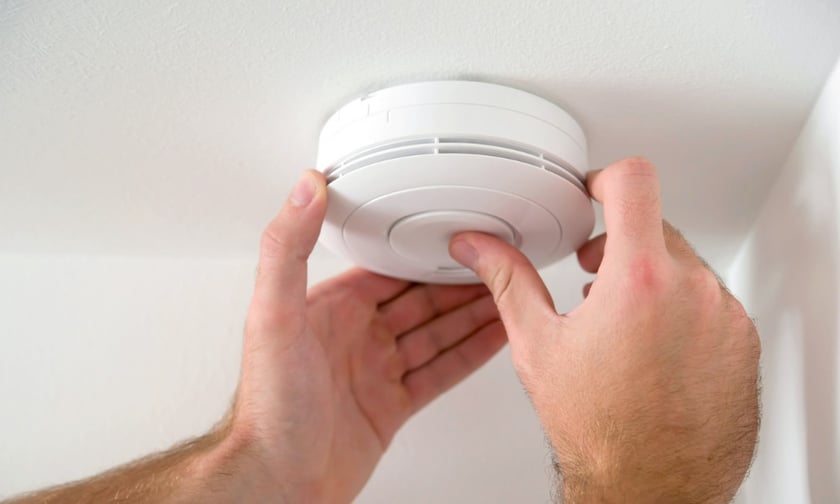

QBE has offered tips to prevent home fires, with 52 fire-related deaths in Australian homes on average annually.
The National Coronial Information System's (NCIS) 2022 study found that more than one fire-related death occurs in a residential context weekly in Australia, with 43% incidents having occurred while people are resting or sleeping.
QBE highlighted smoke alarms' key role in avoiding house fires and state governments' requirements related to these alarms.
“For many Australians, smoke alarms are ‘set and forget’, and only come to mind when they beep for a battery change or when a stir-fry sets them off,” the insurer said. “Working fire alarms are your best defence against home fires, especially with 43% of fire-related deaths occurring while resting or sleeping when your sense of smell is reduced.”
QBE recommended installing smoke alarms on each storey, in each bedroom, and in hallways connecting bedrooms. Smoke alarm maintenance should include:
There should be at least one smoke alarm installed on every level of the house, even levels without bedrooms.
Smoke alarms are required for each residential building and must be installed on or near the ceiling of every storey.
Owner-occupiers of private homes, townhouses, and units must install interconnected smoke alarms by 2027. The alarms must be hardwired photoelectric or non-removable lithium battery-powered, installed on all storeys, in each bedroom, and in hallways that connect bedrooms.
Mains-powered smoke alarms are required in homes built or significantly renovated after July 1997 or sold or rented after October 2009. For all other dwellings, mains-powered photoelectric smoke alarms are recommended, with long-life lithium powered alarms as the next best option.
Homes built since 1995 must have hardwired smoke alarms. From 2014, the smoke alarms must be interconnected. All other houses must have at least replaceable battery-powered smoke alarms.
Smoke alarms must be installed in all sleeping areas, hallways, living areas, and tops of stairways. Additionally, all new residential buildings and major renovations require mains-powered or lithium battery smoke alarms.
Photoelectric smoke alarms, either hardwired or sealed lithium battery units, must be installed in all residential premises, including movable dwellings such as caravans. Meanwhile, homeowners with non-approved smoke alarms do not have to replace them until they stop working.
Working smoke alarms are required, and interconnected photoelectric smoke alarms are preferred. They should be installed on or near the ceiling in bedrooms or in corridors leading to bedrooms, and they must be installed on each level of the house.
